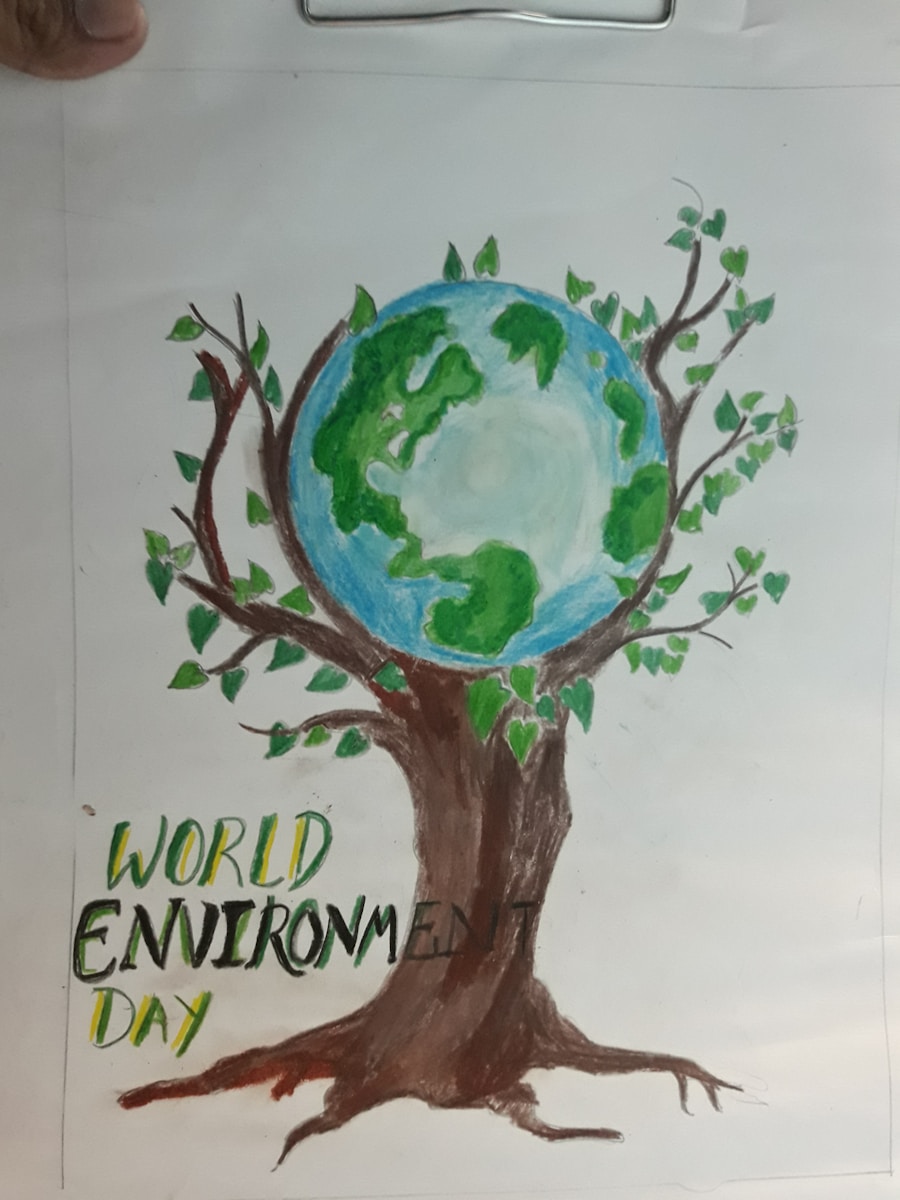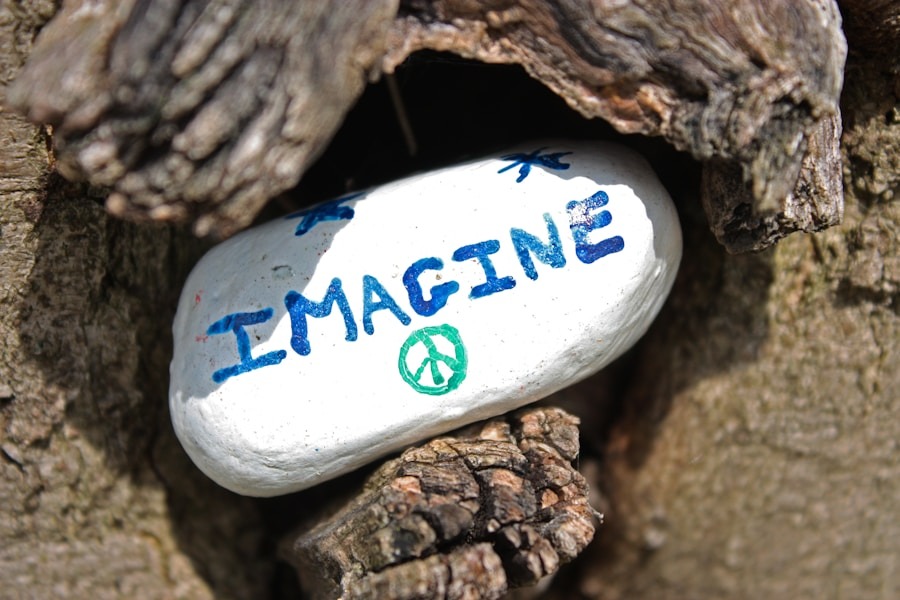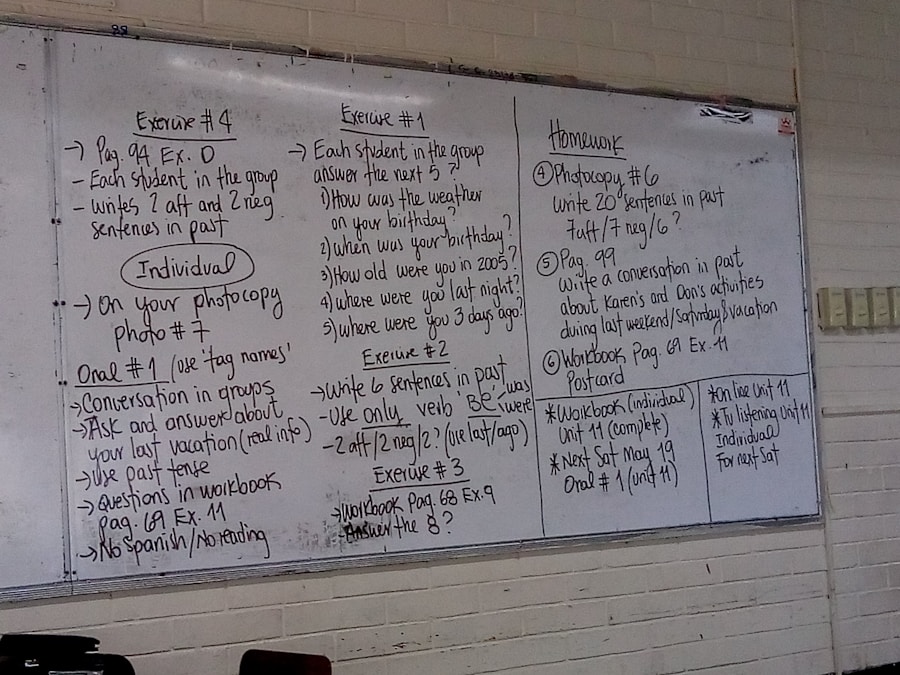Literature serves as a mirror reflecting the complexities of human experience, and within this vast realm, the concept of environmental imagination emerges as a vital lens through which we can examine our relationship with the natural world. Environmental imagination encompasses the ways in which literature engages with ecological themes, fostering a deeper understanding of our surroundings and the intricate web of life that sustains us. This imaginative engagement is not merely an artistic endeavor; it is a crucial component in shaping our perceptions of nature, influencing our values, and ultimately guiding our actions toward the environment.
The interplay between literature and environmental imagination has gained increasing significance in recent decades, particularly as global environmental crises such as climate change, deforestation, and biodiversity loss have escalated. Writers have taken on the mantle of environmental advocates, using their narratives to illuminate the pressing issues facing our planet. Through vivid descriptions, compelling characters, and intricate plots, literature can evoke emotional responses that inspire readers to reflect on their own environmental practices and beliefs.
This dynamic relationship between storytelling and ecological consciousness invites us to explore how literature not only reflects but also shapes our understanding of the environment.
Key Takeaways
- Literature plays a crucial role in shaping environmental awareness by providing a platform for exploring and understanding environmental issues.
- Environmental themes in literature allow readers to engage with and reflect on the relationship between humans and the natural world.
- Different literary genres, such as poetry, fiction, and non-fiction, offer unique perspectives on environmental imagination and the impact of human activity on the environment.
- Environmental literature has the potential to inspire societal change and action by raising awareness and promoting a deeper connection to the natural world.
- Incorporating environmental imagination into creative writing can help writers and readers develop a deeper understanding of environmental issues and foster a sense of responsibility towards the environment.
The Role of Literature in Shaping Environmental Awareness
Literature has long been a powerful tool for raising awareness about social issues, and environmental concerns are no exception. Through storytelling, authors can convey complex scientific concepts and ethical dilemmas in ways that resonate with readers on a personal level. For instance, Rachel Carson’s seminal work “Silent Spring” is often credited with igniting the modern environmental movement.
By weaving together scientific research with poignant narratives about the impact of pesticides on wildlife, Carson transformed abstract data into a compelling call to action. Her ability to articulate the interconnectedness of human actions and ecological consequences galvanized public opinion and led to significant policy changes. Moreover, literature can serve as a catalyst for empathy, allowing readers to step into the shoes of characters who grapple with environmental challenges.
In Barbara Kingsolver’s “Flight Behavior,” the plight of the monarch butterfly becomes a vehicle for exploring themes of climate change and rural poverty in Appalachia. Through the eyes of her characters, Kingsolver illustrates how environmental degradation affects not only ecosystems but also human lives and communities. This narrative approach fosters a sense of urgency and responsibility among readers, encouraging them to consider their own roles in addressing environmental issues.
Exploring Environmental Themes in Literature

Environmental themes in literature are as diverse as the ecosystems they depict. From the pastoral landscapes of Romantic poetry to the dystopian futures envisioned in speculative fiction, writers have long engaged with nature in multifaceted ways. The Romantic poets, such as William Wordsworth and John Keats, celebrated the beauty of the natural world while simultaneously lamenting its degradation due to industrialization.
Their works often reflect a deep reverence for nature, portraying it as a source of inspiration and solace amidst the chaos of modern life. In contrast, contemporary literature frequently grapples with the harsh realities of environmental degradation. Novels like “The Overstory” by Richard Powers intertwine the lives of human characters with the lives of trees, illustrating the profound connections between species and the urgent need for conservation.
Powers’ narrative structure emphasizes the idea that individual stories are part of a larger ecological narrative, urging readers to recognize their interconnectedness with the natural world. This exploration of environmental themes not only raises awareness but also challenges readers to reconsider their relationship with nature and their responsibilities toward it.
Environmental Imagination in Different Literary Genres
The exploration of environmental imagination transcends traditional literary boundaries, manifesting across various genres including fiction, poetry, drama, and even non-fiction. Each genre offers unique opportunities for engaging with ecological themes and fostering environmental consciousness. In poetry, for instance, the concise and evocative nature of verse allows for powerful imagery that can capture the beauty and fragility of ecosystems in just a few lines.
Poets like Mary Oliver have masterfully used their craft to celebrate nature’s wonders while also lamenting its loss, inviting readers to pause and reflect on their own experiences in the natural world. In contrast, speculative fiction often serves as a platform for envisioning potential futures shaped by environmental crises. Works such as Octavia Butler’s “Parable of the Sower” present dystopian landscapes where climate change has wreaked havoc on society.
Through these narratives, authors can explore the consequences of human actions while also imagining pathways toward resilience and adaptation. The genre’s inherent flexibility allows for creative explorations of ecological themes that challenge readers to think critically about current trajectories and consider alternative futures.
The Impact of Environmental Literature on Society
The impact of environmental literature extends beyond individual readers; it has the potential to influence societal attitudes and policies regarding environmental issues. As narratives shape public discourse, they can inspire collective action and drive movements for change. For example, literature has played a significant role in advocating for environmental justice, highlighting the disproportionate impacts of ecological degradation on marginalized communities.
Works like “Braiding Sweetgrass” by Robin Wall Kimmerer blend indigenous knowledge with scientific understanding, emphasizing the importance of reciprocity between humans and nature. Kimmerer’s narrative not only educates readers about ecological principles but also calls for a re-evaluation of our relationship with the land. Furthermore, environmental literature can serve as a bridge between scientific knowledge and public understanding.
By translating complex scientific concepts into relatable stories, authors can make critical information accessible to broader audiences. This democratization of knowledge is essential in fostering informed citizenry capable of engaging with pressing environmental issues. As readers encounter narratives that resonate with their own experiences and values, they may be more inclined to advocate for sustainable practices and policies within their communities.
Incorporating Environmental Imagination into Creative Writing

For aspiring writers seeking to incorporate environmental imagination into their creative work, several strategies can enhance their storytelling while fostering ecological awareness.
By reflecting on moments spent outdoors—whether hiking in a forest or observing wildlife—writers can infuse their narratives with authenticity and emotional resonance.
These experiences can serve as a foundation for exploring broader themes related to ecology, conservation, and human-nature relationships. Additionally, writers can engage with research on environmental issues to ground their narratives in reality while still allowing for imaginative exploration. Understanding scientific principles related to ecology, climate change, or conservation can provide a rich backdrop for storytelling.
By weaving factual information into fictional narratives or poetic expressions, writers can create compelling stories that educate while entertaining. This blend of creativity and knowledge not only enriches the writing process but also contributes to a more informed readership capable of grappling with complex environmental challenges. In conclusion, literature’s role in shaping environmental imagination is profound and multifaceted.
Through its ability to evoke empathy, raise awareness, and inspire action, literature serves as a vital tool in addressing the pressing ecological issues of our time. As writers continue to explore environmental themes across genres, they contribute to a growing body of work that not only reflects our relationship with nature but also challenges us to envision a more sustainable future. By incorporating environmental imagination into creative writing practices, authors can play an essential role in fostering a deeper understanding of our interconnectedness with the natural world and inspiring collective action toward its preservation.
In Unit 3: Literature and Environmental Imagination, students explore the intersection of literature and environmental issues. A related article that delves into the impact of philosophy on our understanding of the world is “The Analytic Turn of Philosophy: G.
Moore’s Impact.” This article discusses how Moore’s analytical approach has shaped modern philosophical thought and influenced our perception of reality. To read more about this topic, check out the article here.






















+ There are no comments
Add yours